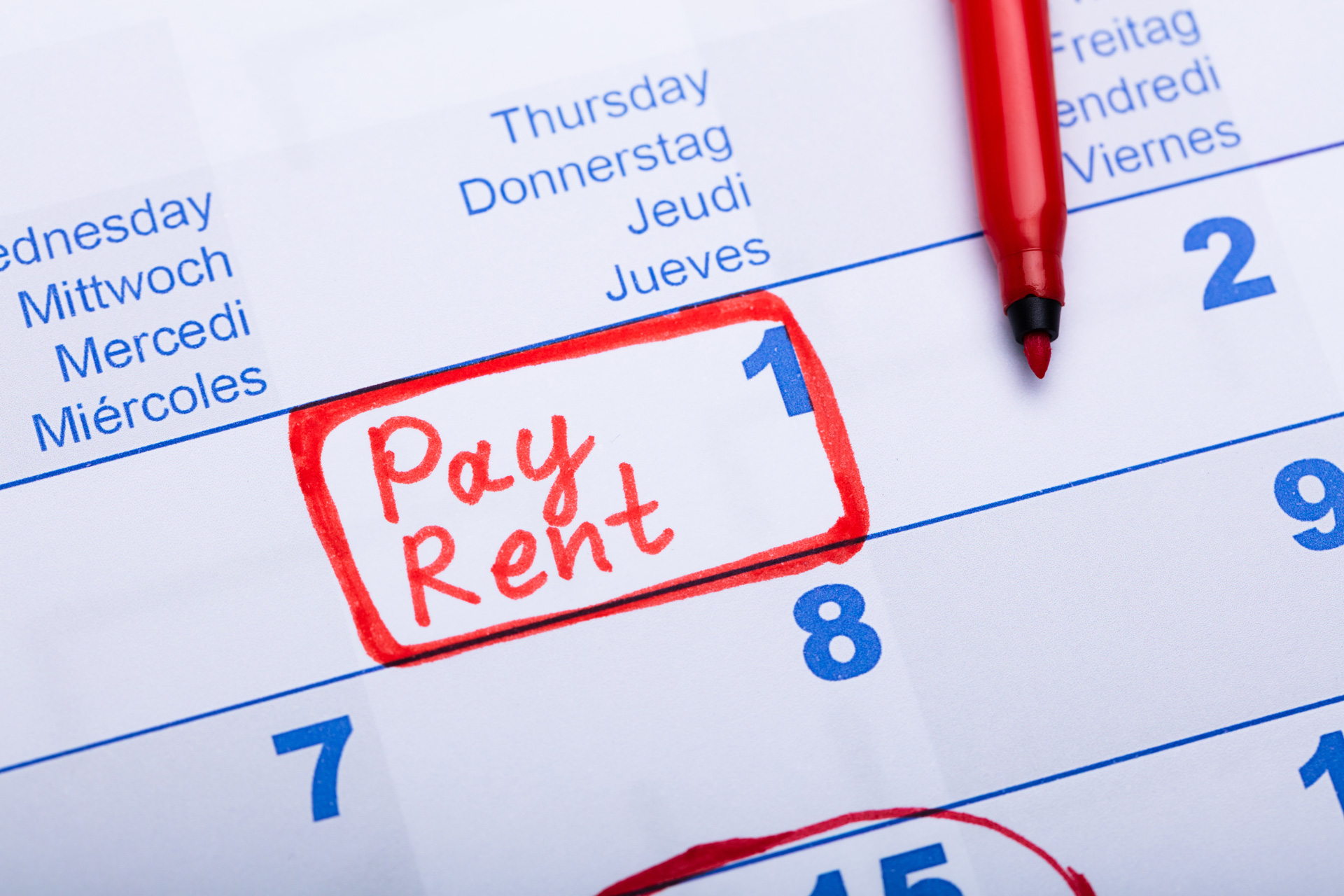There are as many ways to invest your money as there are ways to spend it. Having said that, most investment strategies can be classified in either two ways: active investing and passive investing. Each strategy has its advantages and disadvantages, but one has a stronger track record for return on investment. But first, let’s break down each one.
Active investing is typified by investing in fluctuating assets, such as stocks and bonds. Active investing requires active oversight, typically by a portfolio manager. With active investing, you’re trying to anticipate the way the markets will rise and fall in order to determine the best times to buy and sell. It’s up to the portfolio manager to be laser-focused on market changes in order to strategize transactions.
Passive investing is carried out over the long-term with more stable assets for a buy and hold approach. Index investing in a good example of a passive investing strategy, in which investors buy into a representative benchmark, such as the S&P 500 index, and hold onto it for the long term. This strategy removes the need to scrutinize the ups and downs of each investment. Passive investors need to resist the impulse to buy or sell depending on market fluctuations. It’s basically a long-term investment in corporate profits across multiple companies.
So how do these two strategies stack up against each other?
Passive Investing Pros
- With passive investing, the fees tend to be lower, since no one is actively managing the investments.
- There is a clarity and straightforwardness to investing in an index fund. You always know what funds are included.
- You are unlikely to have a large capital gains tax as the gains are modest.
Passive Investing Cons
- When you buy into an index fund, those funds are pre-set, so the investor has no ability to specify which stocks to invest in or divest from.
- The immediate returns on passive investing are smaller than the potential dividends from active investing. With passive investing, slow and steady is the name of the game.
Active Investing Pros
- With active investing, investors and their portfolio managers have the freedom to invest in whatever stocks they like.
- Active investors can exit specific stocks when they are underperforming.
Active Investing Cons
- Active investing is more expensive. With active portfolios, managers can charge one percent or more, compared with 0.6 percent on average for passive investments.
- Active investing is inherently uncertain and requires constant attention.
As with most investments, the real question is which strategy will be more profitable. Surprisingly, multiple studies have concluded that passive investing is more profitable. Only a small percentage of actively managed funds do better than passive indexes. With active investing, there is a higher likelihood for volatility, so whatever quick gains you receive can just as easily be canceled out by a quick drop. While passive investing doesn’t offer the exhilaration of a fast windfall, it ultimately offers a higher return.





